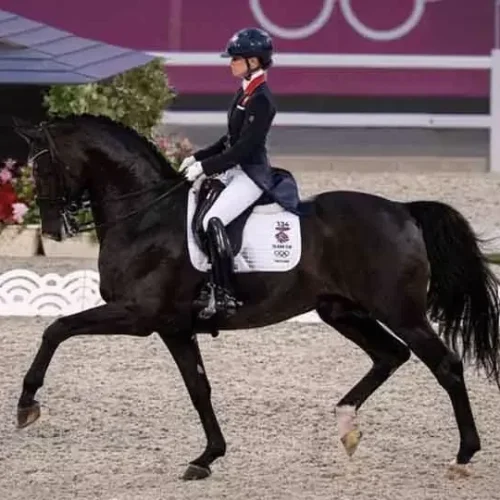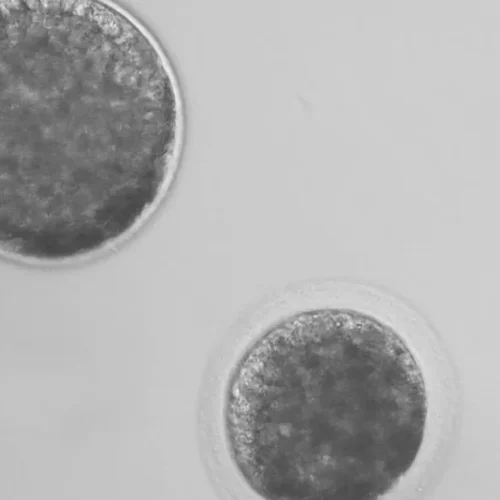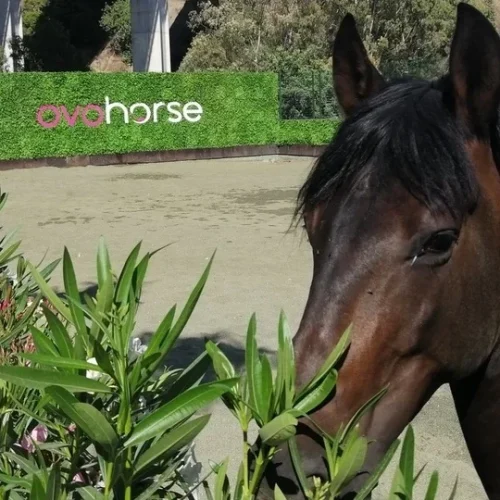On February 23, 1997, news was leaked that, for the first time in history, scientists had managed to clone an adult mammal. Dr. Ian Wilmut and his team from the Roslin Institute in Edinburgh had successfully achieved the live birth of the famous “Dolly the sheep” (born in 1961), arguably the most famous sheep in the world.
To understand what animal cloning is, how it works, and how it is used today, we must begin by exploring the meaning of the words “to clone” and “cloning.” We’ll also delve into how Ovoclone possesses the technology necessary to offer the solution you might be looking for if you wish to share your life with a clone of your beloved pet.
WHAT IS A CLONE AND HOW IS IT CREATED?
Clones are essentially two organisms that share the same genetic material. Although not scientifically exact, it can be helpful to think of clones as identical twins born at different times. And just like identical twins, although they have the same genetic makeup, individual clones will have differences based on their unique life experiences.
The most commonly used technique for cloning today is known as somatic cell nuclear transfer (SCNT). First, a DNA sample from the animal must be obtained. This may come from a cryopreserved sample or, in the case of a valuable animal that died prematurely, from a biopsy taken immediately after death.
Next, embryologists take an egg cell (from the correct species) and remove its nucleus. This creates an enucleated egg—an egg without its own genes but with all the necessary machinery to be fertilized and undergo embryonic development. The donor animal’s nuclear DNA is inserted into the recipient egg, and if successful, the cell begins to divide and form an embryo. The embryo is carefully cultured in the lab until it is ready to be transferred to the uterus of the recipient animal (as in traditional assisted reproduction techniques). The resulting pregnancy continues to term until the clone is born.
WHICH ANIMALS HAVE BEEN CLONED SO FAR?
To date, at least 25 different species of adult animals have been successfully cloned, including the domestic cat in 2000, the horse in 2003, the dog in 2005, and the camel in 2009. Here are some interesting facts about animal cloning:
- Cloning has been used in agriculture to produce genetically identical animals for research, to preserve endangered species, and to reproduce animals with desirable traits.
- The first cloned pet was a cat named “CC” (Carbon Copy) in 2001.
- Hundreds of dogs and horses have been cloned to date, making them the two most commonly cloned animal species.
- Cloning is not the same as genetic engineering, as it does not involve modifying an animal’s genes.
Cloning is a relevant field in equine reproduction, as it allows the preservation of a horse’s genetic legacy. In agriculture, it can help increase productivity in food production.
At Ovoclone, our team of veterinarians and specialists also enables the preservation of animal and pet genetics by storing biological samples in our laboratory until you decide to use this material for cloning. It is a simple and safe process, made possible by our cell preservation bank.
If you have a beloved and loyal companion and are interested in animal cloning, get in touch with our specialists to learn more about the process. Our team can begin replicating the animal as soon as it receives the DNA sample (usually skin tissue). The Ovoclone team will carry out the cloning process in a specialized and secure laboratory using the best protocols and techniques to ensure successful results. In addition, all animals undergo thorough veterinary examinations to guarantee their health status.
1. I. Wilmut, A. E. Schnieke, J. McWhir, A. J. Kind & K. H. S. Campbell. Viable offspring derived from fetal and adult mammalian cells. Nature, volume 385, pages 810–813 (1997).
2. Gambini A, Briski O, Canel NG. State of the art of nuclear transfer technologies for assisting mammalian reproduction. Mol Reprod Dev. May 2022;89(5-6):230–242.






